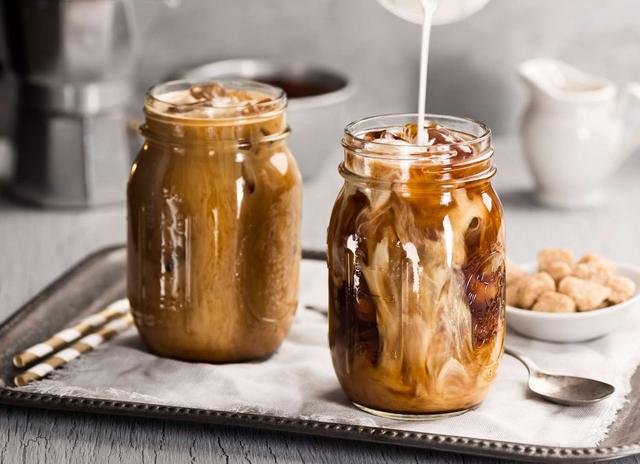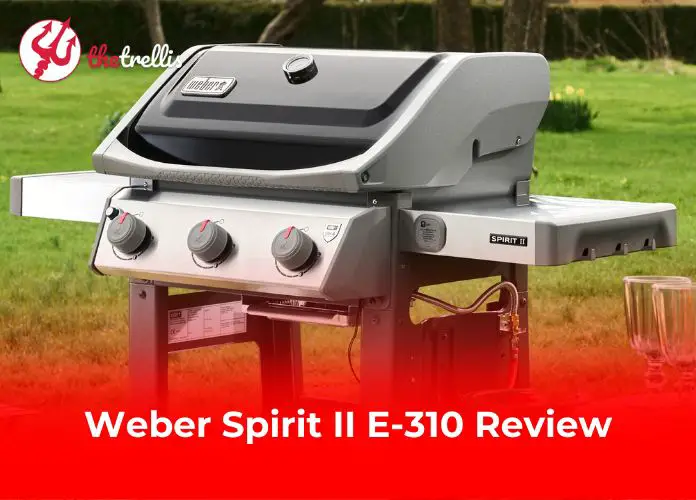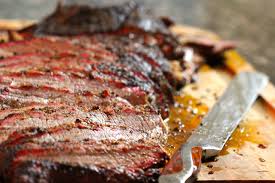
“Unlock the Secrets of Flavour: Resting Brisket Overnight for Irresistible Juiciness and Tenderness. Discover the game-changing technique that transforms your brisket into a melt-in-your-mouth masterpiece by allowing it to rest overnight. Elevate your BBQ skills and tantalize taste buds with this simple yet powerful method!”
Brisket Done Too Early: How to Hold Brisket Overnight
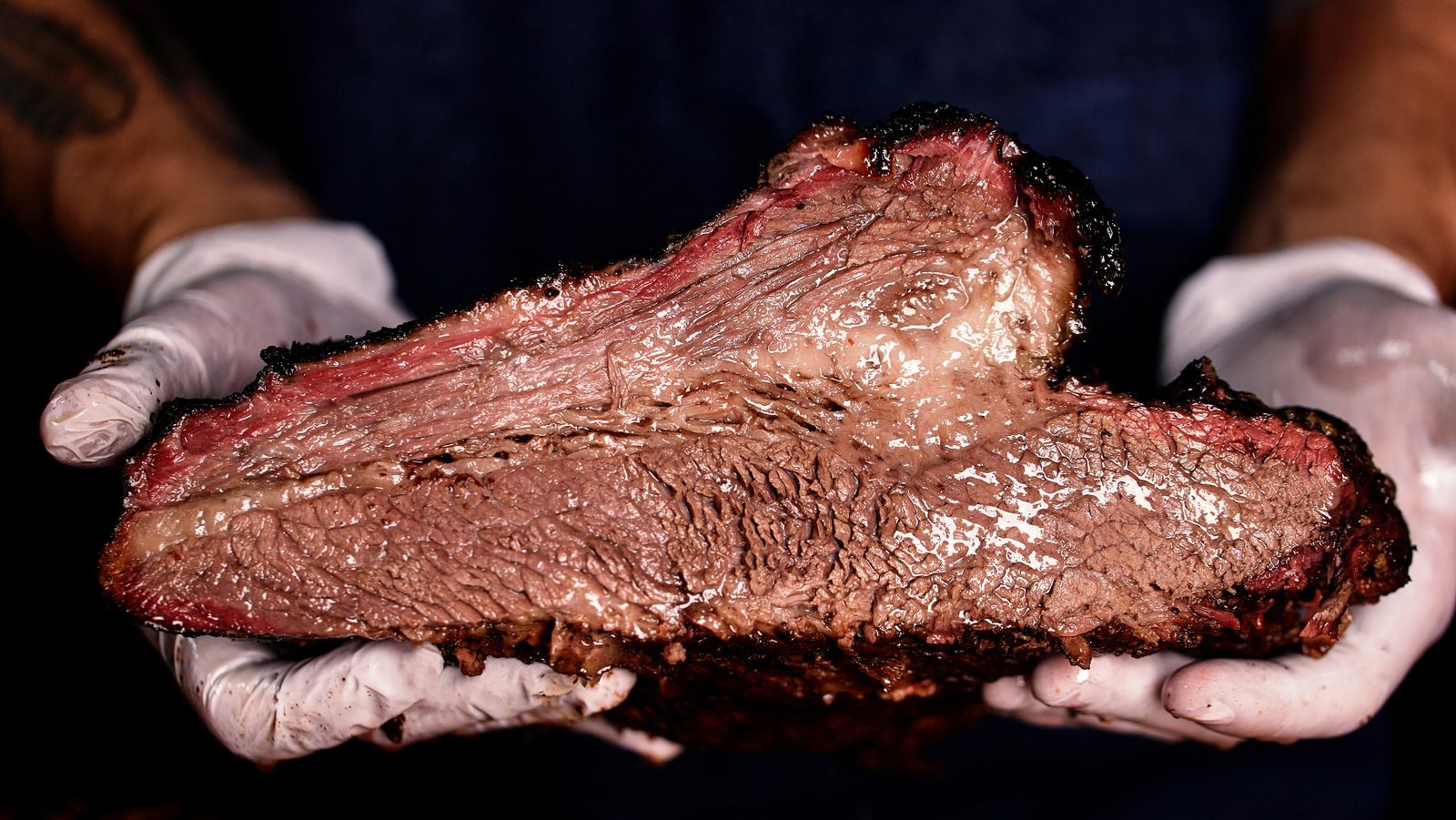
Pitmasters and BBQ restaurants typically hold brisket at a temperature of around 140°F in food warmers such as Alto-Shaam or Cres Cor overnight. These warmers are thermostatically controlled via an electric heating element, ensuring that the brisket stays at a safe holding temperature. By holding the brisket overnight, it allows for the connective tissues to further break down and for the flavors to develop even more.
When holding the brisket in these warmers, Pitmasters and BBQ restaurants check for tenderness the next day at around 8/9 am. If any briskets feel like they need further tenderizing, they can adjust the temperature of the warmer accordingly. This ensures that the brisket is perfectly tender and ready for service at 11 am.
Overall, using high-quality food warmers like Alto-Shaam or Cres Cor is essential for safely holding and maintaining the optimal temperature of brisket in a professional restaurant setting.
Brisket “Finished” Too Early
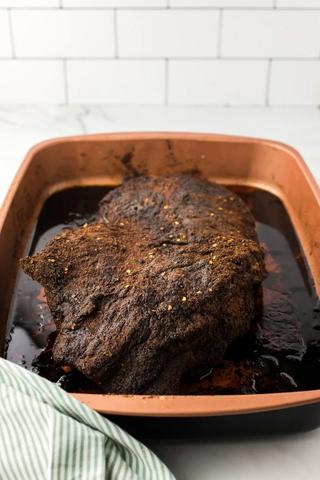
When a pitmaster or BBQ restaurant finds that their brisket is finished cooking earlier than expected, it can actually be seen as a good problem to have. This means that the brisket has reached its desired tenderness and can be enjoyed the next day. Holding the brisket overnight not only allows for easier slicing, especially for beginners, but also gives the meat additional time for carry over cooking. This helps to rectify any tight spots that may still exist in the meat.
To determine if a brisket is finished, it is recommended to check for probe tenderness. When inserting a probe into the meat, there should be no resistance. Ideally, both the fatty and lean parts of the brisket should reach an internal temperature of around 205°F and feel tender when probed. However, even if these criteria are met, it is important to let the brisket rest before slicing into it.
Holding Brisket
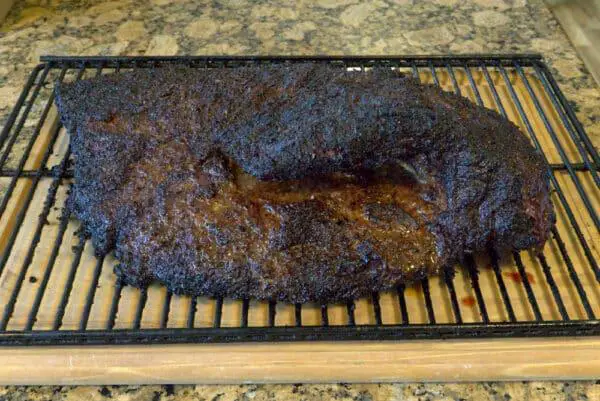
When it comes to holding brisket, pitmasters and BBQ restaurants typically aim to keep the internal temperature of the brisket above 140°F. They use large offset smokers to smoke multiple briskets at once, starting early in the morning and finishing around 10-12 pm. Once the briskets are cooked, they are wrapped in foil, butcher paper, or plastic wrap and transferred to a holding oven or warmer cabinet overnight for 10-11 hours. The ideal temperature for holding brisket is around 140°F.
Popular brands of warmers used by pitmasters include Alto-Shaam and Cres Cor. These ovens are thermostatically controlled with an electric heating element, allowing for precise temperature regulation. By keeping the briskets at a consistent temperature overnight, pitmasters ensure that the meat remains tender and juicy for service the next day. In the morning, they check for tenderness and adjust the temperature of the warmer if necessary.
Why Resting Brisket is Important
Pitmasters and BBQ restaurants typically hold brisket at a temperature above 140°F in their Alto-Shaam or Cres Cor food warmers overnight. These warmers are thermostatically controlled via an electric heating element, allowing them to maintain a consistent temperature for an extended period. By holding the brisket at this temperature, it remains in the safe range to prevent bacterial growth while also allowing the connective tissues to further break down and the flavors to meld.
Resting brisket is important because it allows the denatured collagen in the meat’s connective tissues to redistribute moisture and be absorbed by gelatin. This process takes several hours under low and slow heat, usually between 160-205°F. Resting also helps prevent the juices from running out of the brisket when sliced immediately after cooking, as they need time to gelatinize. By resting the brisket properly, you ensure that it retains its juiciness and tenderness.
Overall, holding brisket overnight and allowing it to rest are crucial steps in achieving a perfectly cooked and flavorful result. Whether done at home or in a restaurant setting, these techniques ensure that your brisket is ready for serving at just the right time while maintaining its quality.
How I Hold a Brisket

Pitmasters and BBQ restaurants typically hold brisket in Alto-Shaam or Cres Cor food warmers overnight. These warmers are thermostatically controlled and can maintain a specific temperature for an extended period of time. The exact temperature that pitmasters and restaurants hold their brisket at may vary, but it is typically above 140°F to ensure food safety.
When I hold a brisket, I personally use my Masterbuilt Electric Smoker. This smoker allows me to maintain low temperatures consistently, making it perfect for holding the brisket overnight. I simply transfer the cooked brisket to the electric smoker, which operates between 35 – 275°F with minimal temperature swings. I don’t wrap the brisket in anything when resting; I leave the top exposed and keep it in the foil boat.
If you don’t have an electric smoker or oven, you can create a “Faux Cambro” by placing the wrapped brisket in a cooler. To pre-heat the cooler, you can pour boiling water inside and then dump it out before putting in the wrapped brisket. The insulation of the cooler will slowly bring down the temperature of the brisket to around 140°F, which is a safe holding temperature.
Overall, holding brisket overnight allows for carry over cooking and rest time, resulting in a more tender and flavorful meat. Whether using an electric smoker, oven, or cooler method, proper holding techniques are important for maintaining food safety and preserving moisture in the brisket.
What If I Don’t Have an Electric Oven or Smoker?
Pitmasters and BBQ restaurants typically hold brisket at a temperature of around 140°F in the Alto-Shaam or Cres Cor food warmers overnight. These ovens are thermostatically controlled and can maintain a consistent temperature for an extended period of time, making them ideal for holding large quantities of brisket.
If you don’t have access to an electric oven or smoker, there is still a solution for holding your brisket overnight. You can create a “Faux Cambro” by using a cooler. After smoking the brisket, wrap it in butcher paper or foil to retain moisture. Boil water and pour it into the cooler to preheat it, then remove the water and place the wrapped brisket inside. Close the lid tightly and let it rest overnight. The insulated cooler will help maintain the temperature above 140°F, allowing the brisket to continue cooking slowly and retaining its tenderness.
It’s important to note that when using this method, you should monitor the temperature of the brisket before serving to ensure it is safe to eat. It should reach an internal temperature of at least 165°F before serving to ensure proper food safety.
How Do Pitmasters and BBQ Restaurants Hold Brisket?
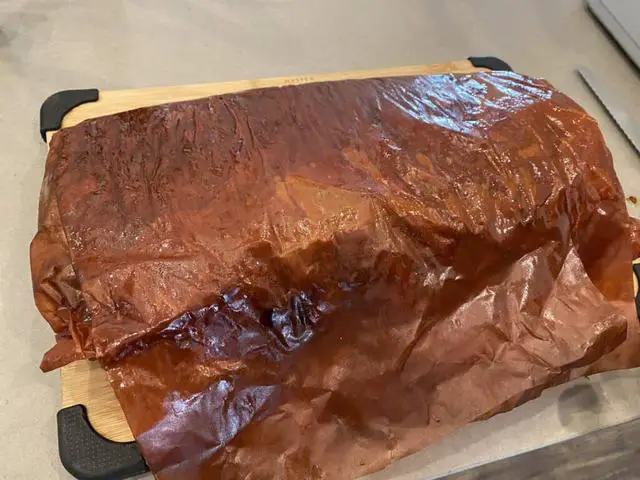
Pitmasters and BBQ restaurants use various methods to hold brisket overnight. One common method is to transfer the cooked brisket to a holding oven or warmer cabinet. These ovens are thermostatically controlled and can maintain a specific temperature for an extended period of time. Popular brands like Alto-Shaam or Cres Cor are often used for this purpose. The briskets are wrapped in foil, butcher paper, or plastic wrap before being placed in the holding oven. They are kept at a temperature above 140°F to ensure food safety.
In a restaurant setting, where large quantities of briskets are smoked at once, the process begins early in the morning. The briskets are usually placed on the pit around 8 or 9 am and finish cooking around 10 or 12 pm. After reaching tenderness, they are wrapped and transferred to the holding oven overnight for approximately 10-11 hours until service starts at 11 am the next day. Pitmasters check for tenderness in the morning, and if needed, adjust the temperature of the warmer to further tenderize the meat.
In conclusion, resting brisket overnight is a crucial step in achieving tender and flavorful meat. By allowing the juices to redistribute and the flavors to deepen, this simple technique enhances the overall taste and texture of the brisket. So, for succulent results, don’t skip on overnight resting!
Learn More About Grilling
If you want to learn more about grilling, check out these other helpful resources!


